Starbucks in Kenya: A Brand Extension Strategy - MG412 Marketing
VerifiedAdded on 2023/04/25
|8
|742
|408
Report
AI Summary
This report examines Starbucks' potential brand expansion into the Kenyan market. It provides a background on the company, followed by a situation analysis using the PESTEL framework, highlighting the political instability, economic growth, social diversity, technological advancements, legal system, and environmental challenges in Kenya. The report proposes a new product with revised packaging targeting the urban upper and middle class (ages 25-40). A competitive analysis assesses the bargaining power of customers and suppliers, existing rivalry, and threats from substitute products. The analysis suggests that while the bargaining power of customers is low and suppliers are readily available, threats from substitute beverages are high due to the presence of popular soft drink brands. The report concludes with a reference list and bibliography.
1 out of 8
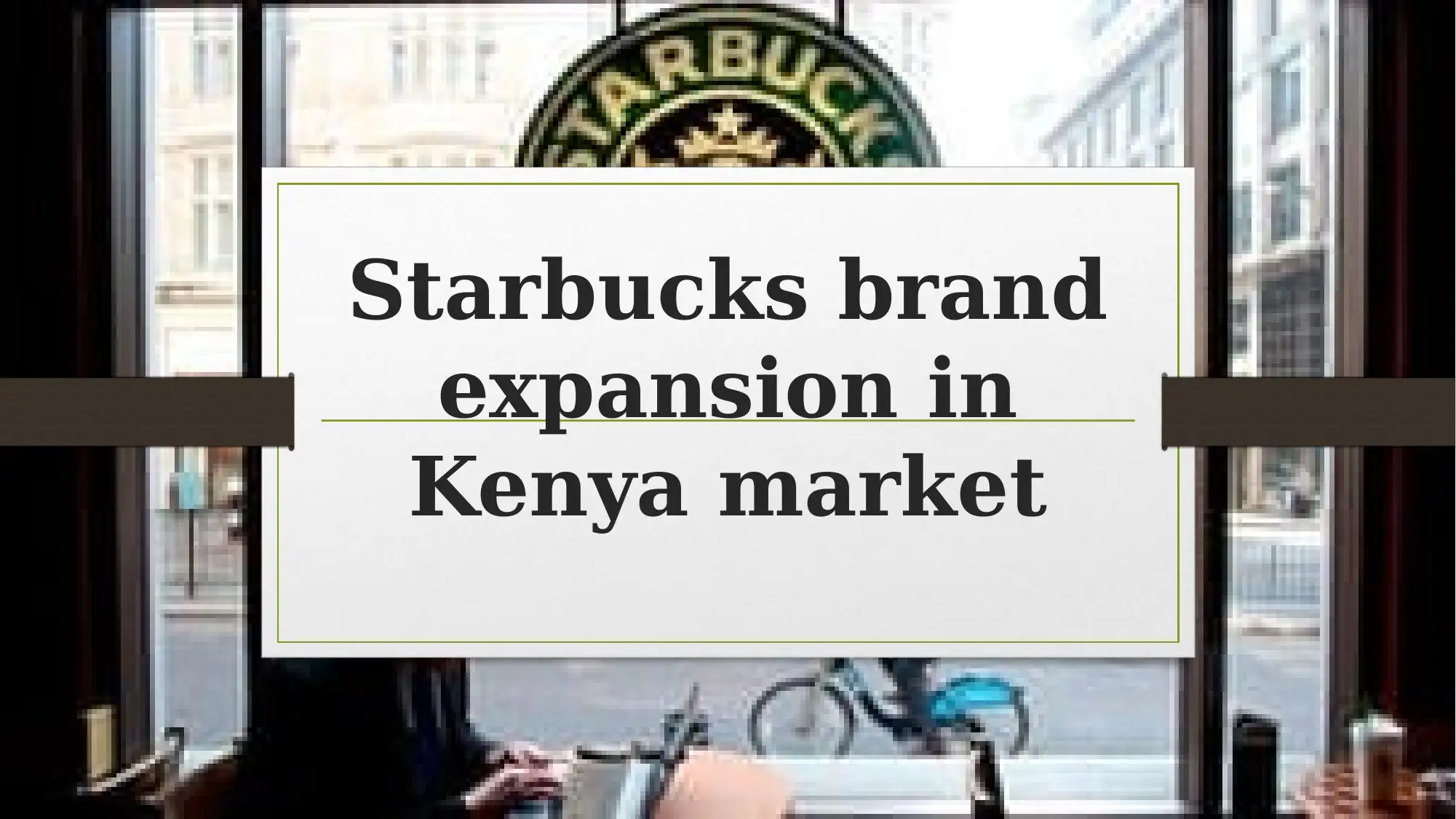
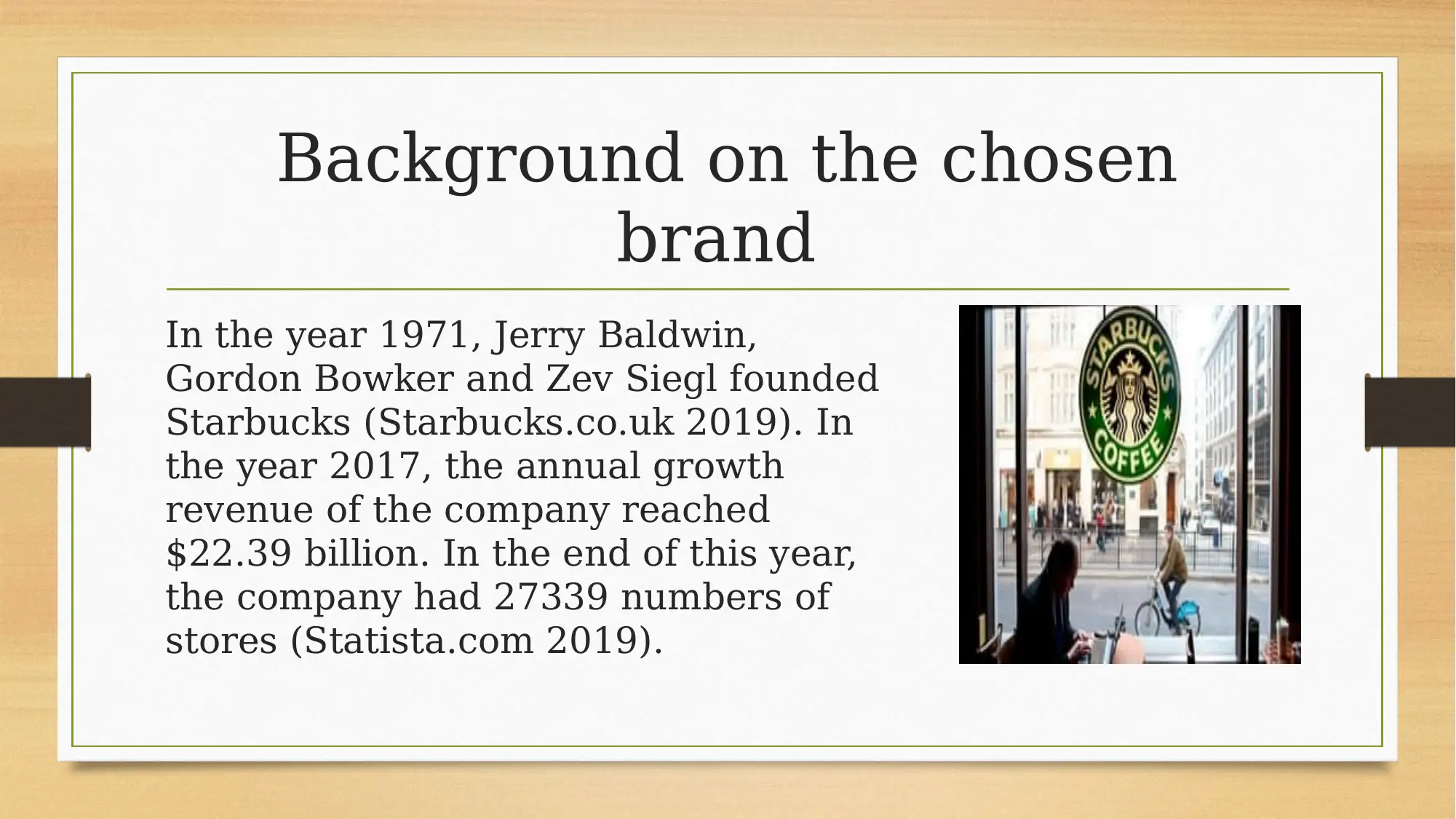
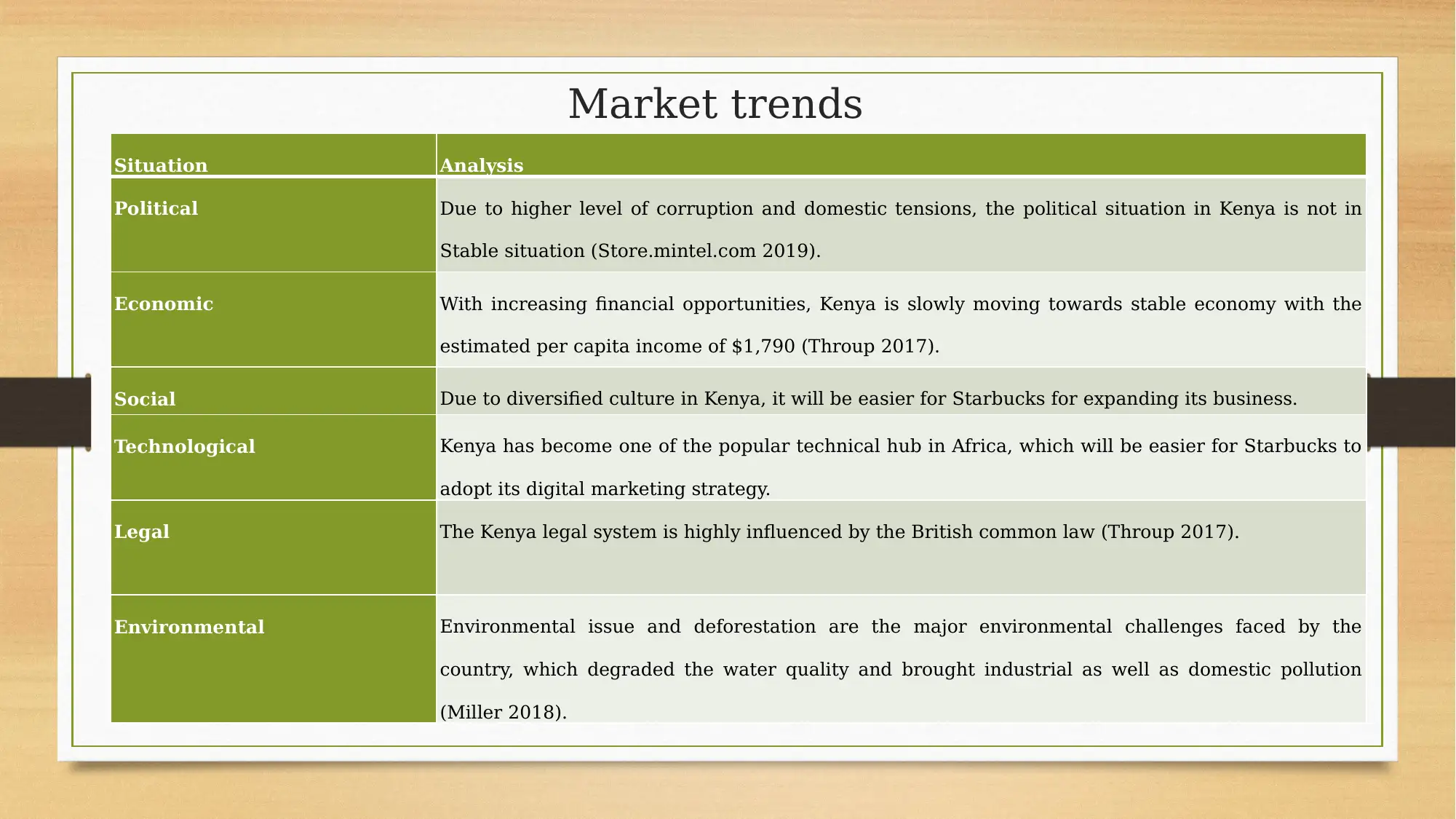


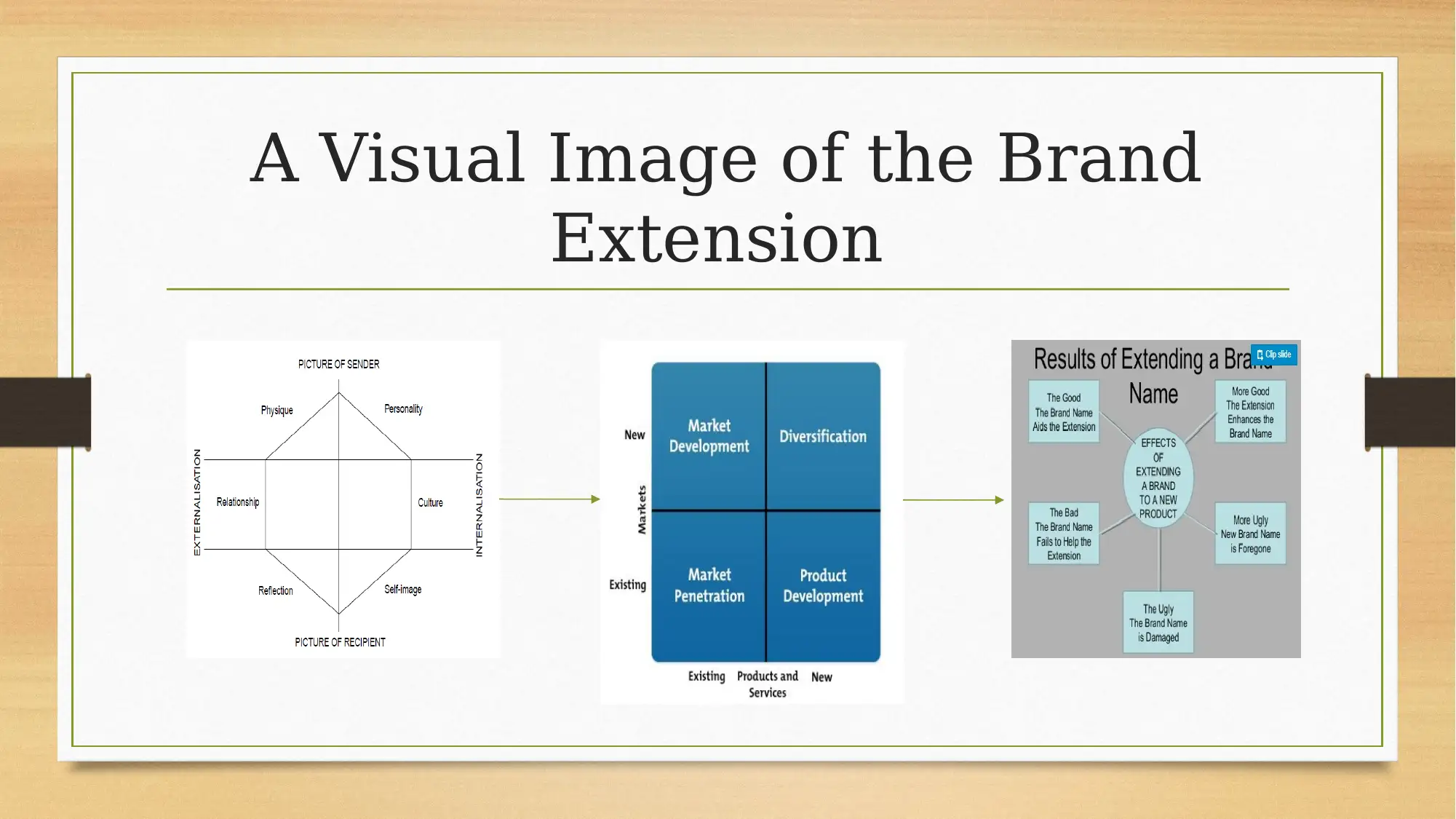
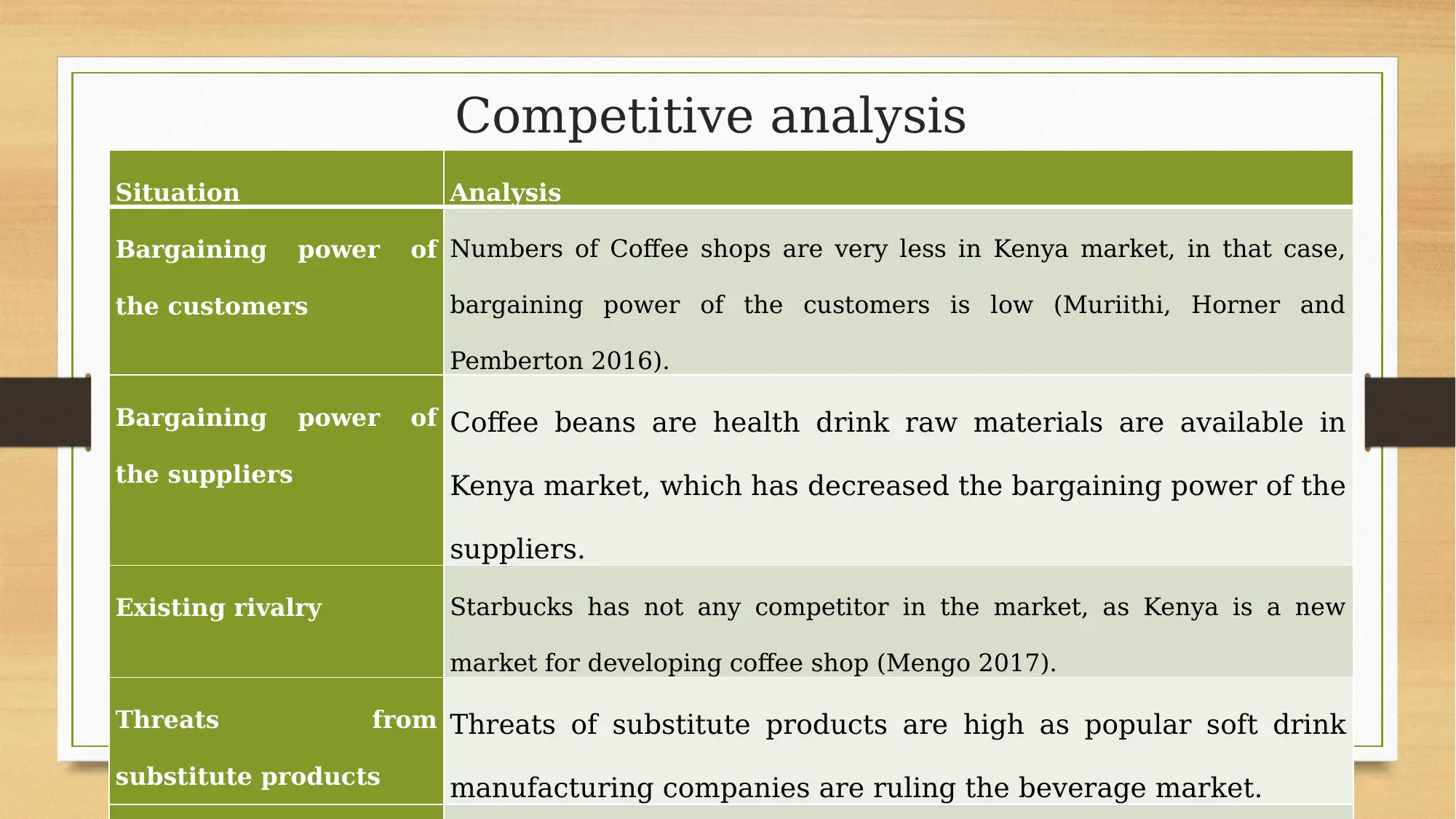
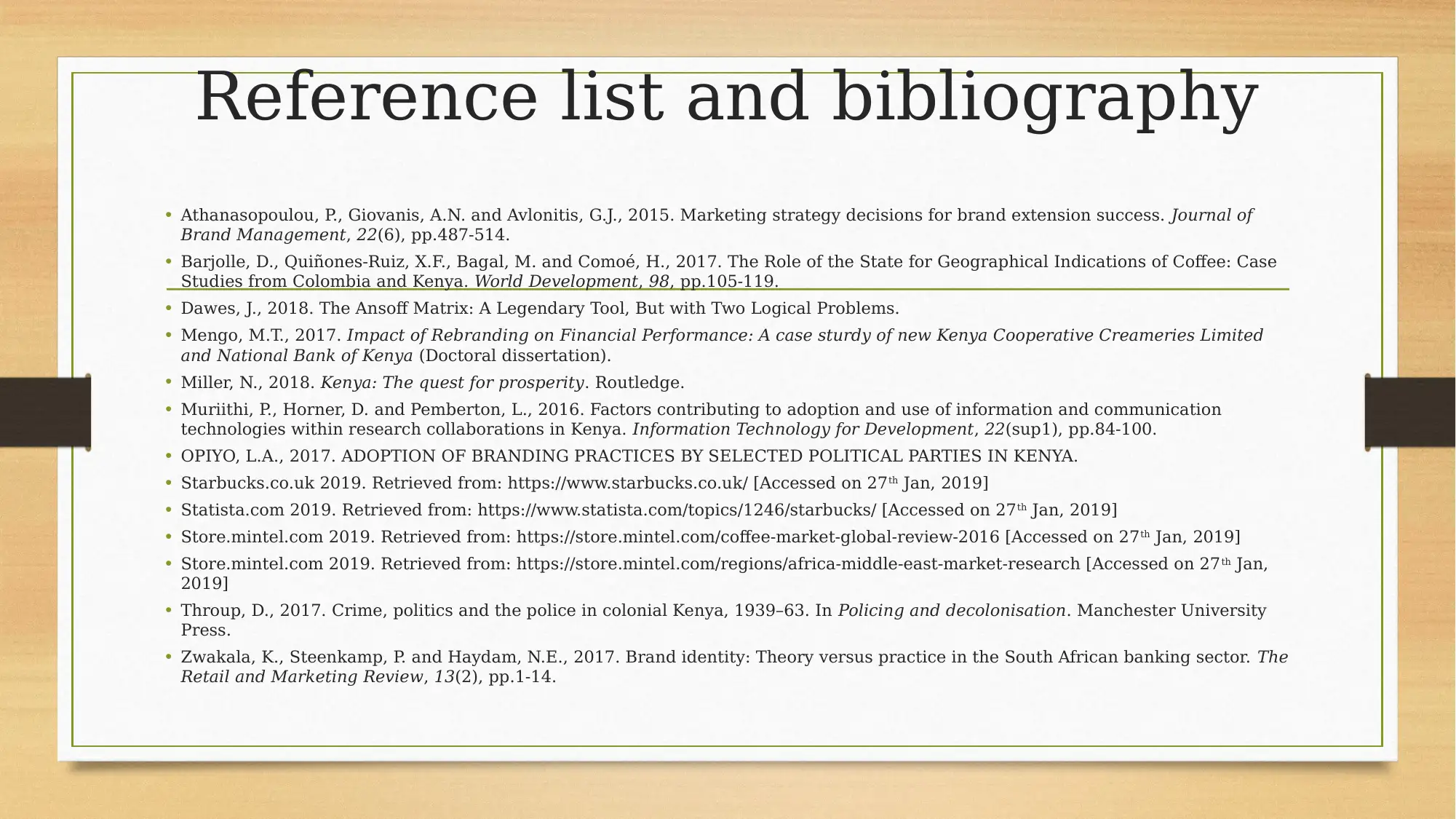
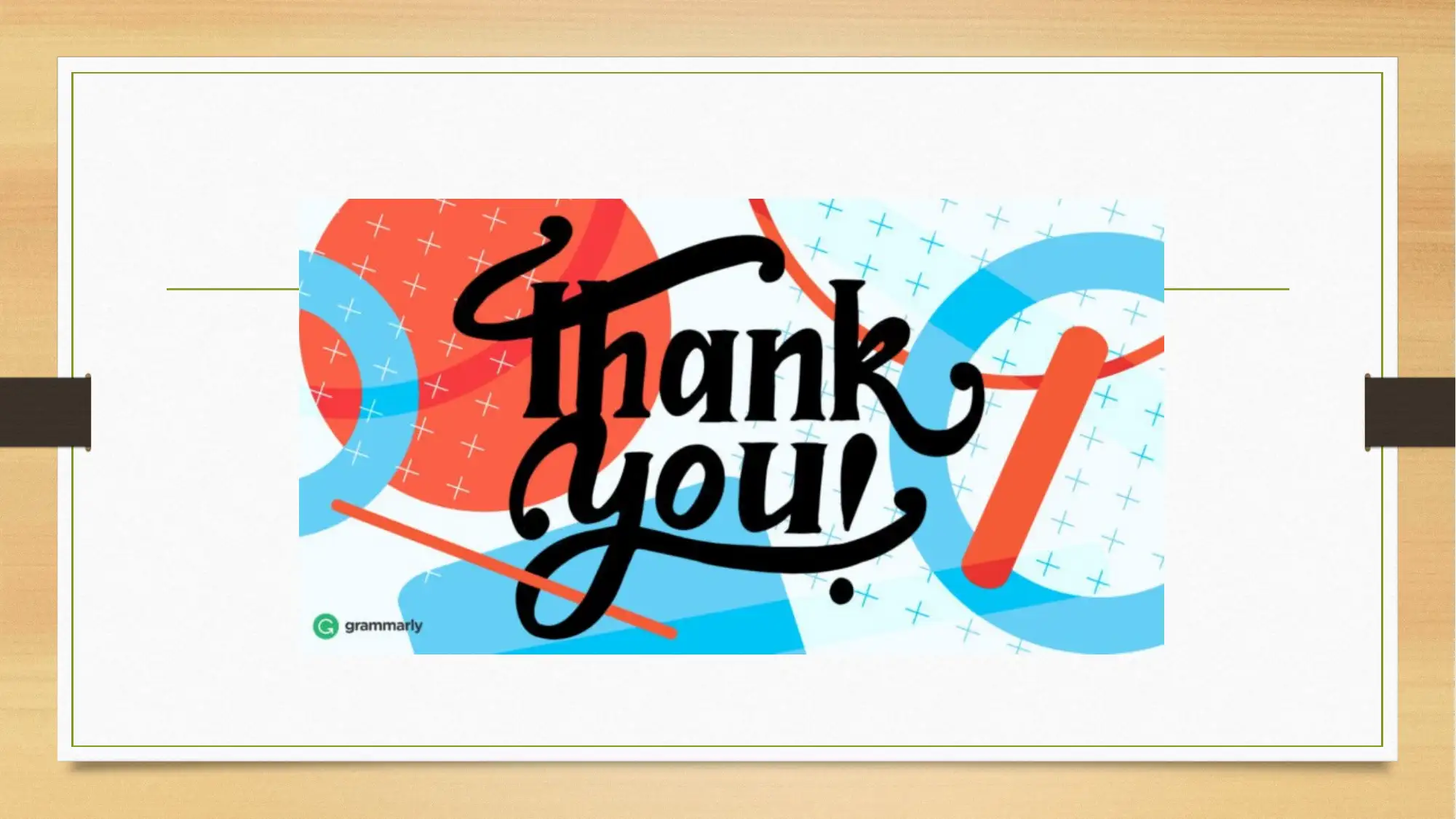




![[object Object]](/_next/static/media/star-bottom.7253800d.svg)